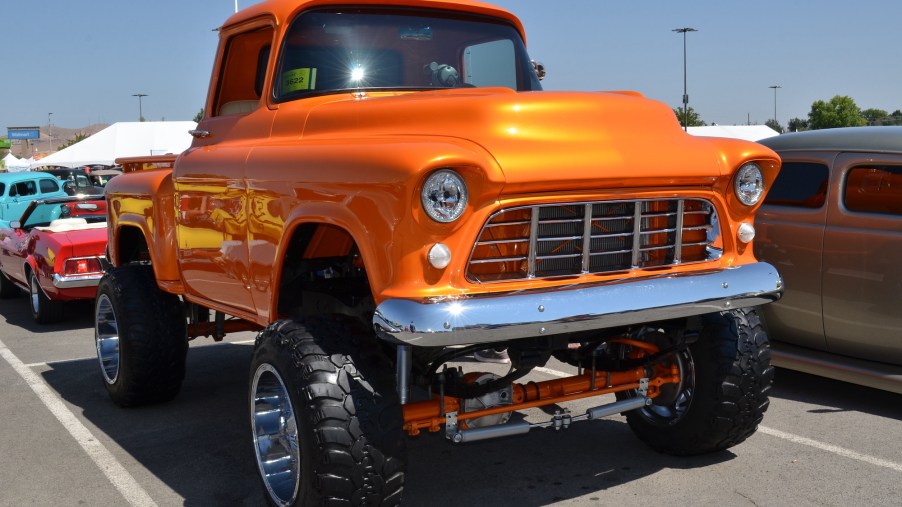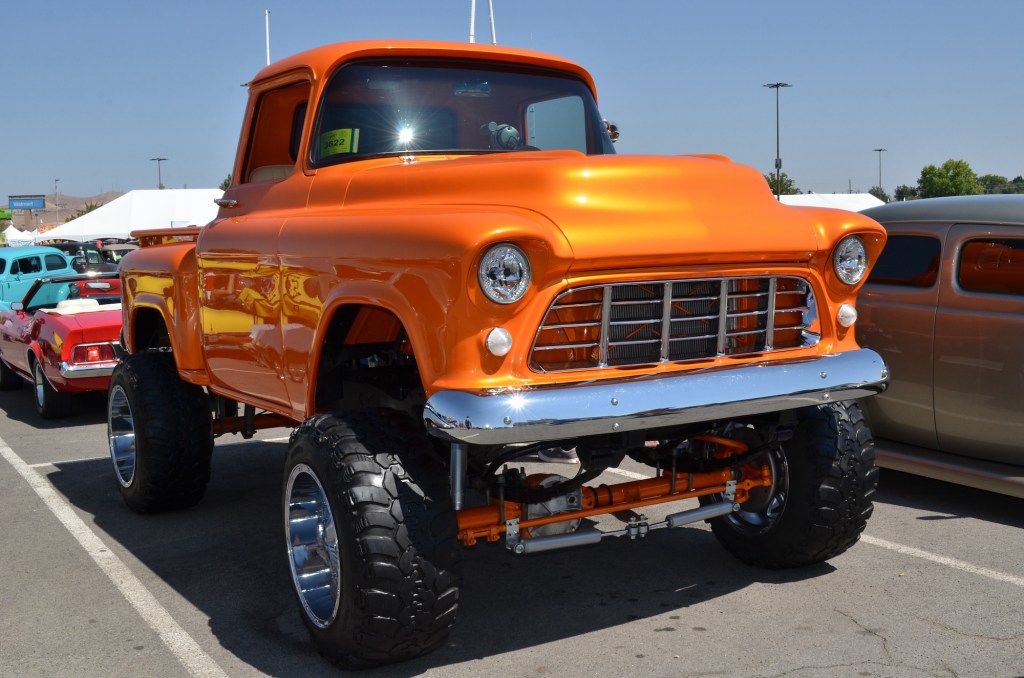
How Far Can Your Tires Stick Out in Florida?
People love customizing their cars. Customization can run the gamut from racing modifications to off-roading performance tweaks. It can be functional, cosmetic, or both. One thing that many car owners do is change the size of their vehicle’s tires. But some customizations aren’t street-legal.
It’s up to you to know the local laws regarding customization. For example, if you plan to put bigger tires on your vehicle in Florida, you should know what’s legal and what’s not.
Tire size is regulated

Many places have regulations dictating tire size. For example, owners in Florida must keep their vehicles under a certain height to remain street-legal, StateofFlorida.com reports.
For trucks that weigh 3,000 to 5,000 pounds, Florida requires that the rear bumper cannot be more than 30 inches off the ground, and the front bumper cannot be more than 28 inches. Those heights get shorter as the truck gets smaller. For instance, trucks that weigh 2,000 pounds have regulated height limits of 26 inches in the rear and 24 inches in the front.
Florida’s code states no limit on how wide tires can be, but most other states have limits. Some states say tires must be covered by original equipment manufacturer (OEM) fenders, while others are laxer about modifications.
You should always check your state and local laws before going full speed ahead on any major customizations, no matter what you’re planning on upgrading or replacing.
Larger tires seem to be one of the most common customizations.
Pros and cons to putting larger tires on your vehicle
One of the first things that most off-road enthusiasts do is switch out their factory tires for larger ones. There are several reasons for doing this, but it mostly comes down to one important thing: ground clearance.
Crawling on off-road trails often means traveling up and over rocks, brush, or other obstacles. Larger tires add clearance, allowing the vehicle to go more places, increasing its capability, and protecting the undercarriage.
Bigger tires can also help improve capability on dirt and gravel. More rubber is in contact with the surface, which offers a better grip on unstable ground.
More rubber on the ground can also improve braking, both on pavement and off. Adding larger tires usually means larger rims as well, meaning you can upgrade your brake rotors to improve performance even more.
Most of these improvements help with capability off-road, so if that’s what you’re looking for, bigger tires are a great first step toward fully customizing an off-road beast.
Large tires also look pretty sweet too.
But there are some drawbacks.
Big tires do cost more to replace. If you’re off-roading, you’ll wear them out faster, too. Cost is definitely something to take into consideration.
In addition, larger tires can make your vehicle ride noisier and less smoothly. Manufacturers of bigger tires usually try to mitigate those issues by thickening the sidewalls, but doing so can throw off sensors in your truck. Gauges like your speedometer and odometer might not work correctly if your vehicle’s tires are larger than the factory models.
Some trends need to go away
Whether for off-roading or aesthetic reasons, adding bigger tires is still one of the most popular customizations. That’s because they look cool and actually improve off-road performance.
But squatting the back of the truck and raising the front — called the Cali Lean — has to go. It’s completely impractical unless you’re into extreme off-roading, and it can actually be dangerous on roads. The way the truck is squatted in the back and lifted in the front severely limits visibility, and there’s no practical use on pavement.


